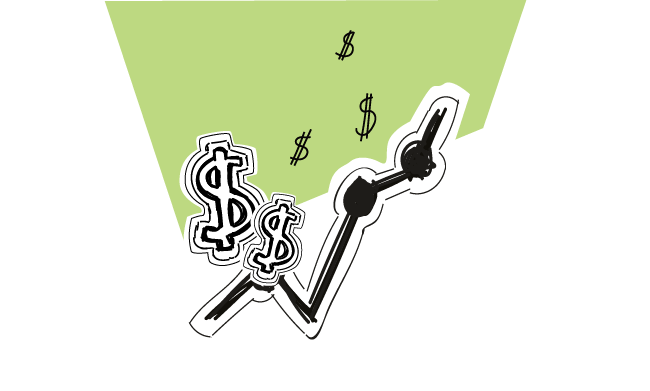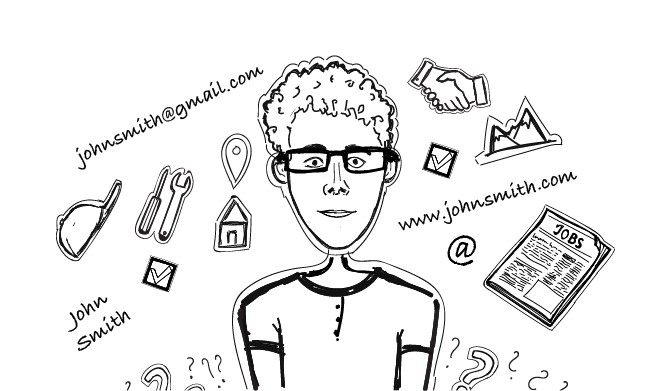I had an immense pleasure to talk with Collin Stewart, a Co-Founder and Co-CEO of Predictable Revenue, who hosts their podcast, interviewing B2B sales leaders on the biggest opportunities and challenges in the industry.
We’re great Predictable Revenue fans at Woodpecker. We mention the book every time somebody asks us about sales book recommendations. It influenced our cold emailing strategy, and our sales development strategy, beyond any measure.
Nonetheless, a book has become slightly dated, considering that we’re in the Internet era, where ideas and frameworks constantly develop. So, I decided to talk with Collin and ask him what he thinks about Predictable Revenue and where this sales formula is right now.
How has Predictable Revenue evolved?
Let’s read what Collin thinks about the evolution of Predictable Revenue. Here’s the interview.
Q: What’s the current state of sales development compared to what we started with?
Collin: Sales development has become an integral part of the modern sales process. Year after year, we see new sales development reps join not only the ranks of startups, but also established growth-minded companies, and international corporations. Therefore, sales development is up and running.
Q: Do you think Predictable Revenue shaped this trend?
C: We’re biased, of course, but we like to think Aaron’s book, Predictable Revenue, has had a little something to do with this still-growing trend. After all, it was Predictable Revenue that set the template for the formula behind sales development, discussed the importance of specialized sales roles, and designed the Cold Calling 2.0 framework.
Q: Have sales roles changed since the book was published?
C: But like every dynamic blueprint, the concepts presented in Predictable Revenue have evolved over the years to suit the needs of a rapidly shifting sales landscape and a more discerning buyer. To highlight those changes, let’s look at each of the Predictable Revenue pillars separately.
Q: Could you remind us what is the Predictable Revenue formula?
C: Of course. The Predictable Revenue formula goes like this:
Consistent top of funnel activity + consistent process = predictable revenue
This is the simple formula that remains the backbone of the Predictable Revenue methodology. At a high level, this framework hasn’t changed over the years – if you add a consistent top of funnel activity each month and put those leads through a consistent sales process, you will generate the revenue you need to grow your company.
I’ve come to realize over time are the distinct components that fuel that formula:
- Running great discovery calls – your reps must be digging in and finding pain on each call;
- Executing great follow up emails – you aren’t going to close a deal on your first call, so you need to be on top of your follow-ups;
- Holding the team accountable to a system – sales leaders and managers need to be conducting regular call reviews and consistent pipeline check-ups to help and empower reps to continually execute on their tasks.
Q: So, we need specialized sales roles for that?
C: Yes, we do and the companies who follow the framework tend to do that. It’s been great to see the industry hire dedicated SDRs and Account Executives. These two critical jobs function best when kept separate – the prospectors need to prospect, and the closers need to close.
Q: I think it allows people to maintain focus, doesn’t it?
C: One mistake we still see regularly with new clients is the blending of inbound and outbound roles. To be successful at outbound, you need to develop a certain mindset and get used to its unique rhythms. But if you’re constantly fielding inbound leads, which bring with them a very different set of characteristics and challenges, it can be difficult to stay in a productive outbound mindset.
Q: Is there any role added to the equation?
C: One added layer of specialization we’ve been championing lately has been for the creation of a Sales Development Researcher role – someone who specifically supports SDRs with research on accounts. This role provides even more nuanced data on prospects, which can drastically improve messaging and support the important follow-up process.
Q: What about Cold Calling 2.0 championed by Predictable Revenue?
C: This is the aspect of Predictable Revenue that has undergone the most change over time.
At Salesforce, Aaron and his team built their prospecting methodology with an account driven focus – in short, researching target accounts, crafting unique messaging to them, and working them to book a meeting.
But what Predictable Revenue inspired, although unintentional, was volume-based prospecting. You know the style – sending as many emails as possible, with generic copy, all in the hopes of getting a reasonable response rate each month.
Q: I see… such an approach to outbound wasn’t effective.
C: To be fair, the proliferation of that style of prospecting was understandable, the industry saw something new, realized it worked and exploited the system until buyers had enough of these emails.
What was missing, however, were the concepts Aaron describes in the Nail A Niche chapter of From Impossible to Inevitable: developing your ICP, developing your list of accounts and personas, and then emailing those prospects. That is the targeted approach that’s needed.
Over the past couple of years, that nuance has become more commonplace. Email still works, but good prospectors are sending less and being more targeted than ever.
Q: That’s why we preach about a lean approach.
C: That’s one way to go about it. In our experience, the phone remains a critical part of the prospecting process, but we’re seeing a continued rise in social selling, as well as direct mail.
Those tactics, coupled with a specialized sales team and consistent activity, continue to create predictable revenue. Sure, some of the methods may have evolved, but the result is the same. And that’s what we’re all here for.
Q: Seems reasonable. Thanks, Collin.
C: Thanks to you too.
What do you think?
Have you been one of the people inspired by Predictable Revenue to transform your sales process and started cold calling 2.0? Do you have different roles for your sales team? As I mentioned, our team was influenced by the book, and I’m curious to hear your story. Please, share it in the comments.
READ ALSO

9 Resources that Help Learn Quality Cold Emailing [Updated]
Quality cold emailing is a skill to be learned. It cannot be learned overnight. It takes months and years to learn how to write and send cold emails that work. And the learning never stops, really. It's a process of constant improvement. And during the process, you constantly look for guidance, inspiration, and advice based on experience. Below, I'm sharing with you my list of 9 cold emailing resources including books, ebooks, blogs, and a YouTube channel that are helping me in my learning process.

Can You Still Create a Predictable Sales Process? The Evolution of Predictable Revenue
I had an immense pleasure to talk with Collin Stewart, a Co-Founder and Co-CEO of Predictable Revenue, who hosts their podcast, interviewing B2B sales leaders on the biggest opportunities and challenges in the industry.

How to Apply Selling Techniques to Cold Email Prospecting
List building is the outreach phase when we should learn as much as we can about our prospects so that we know what to put in our cold email copy. But what if we don't know what type of information to look for besides simple facts, such as company name, size, the number of employees, etc.? How to structure the research process to squeeze out the most of it?
